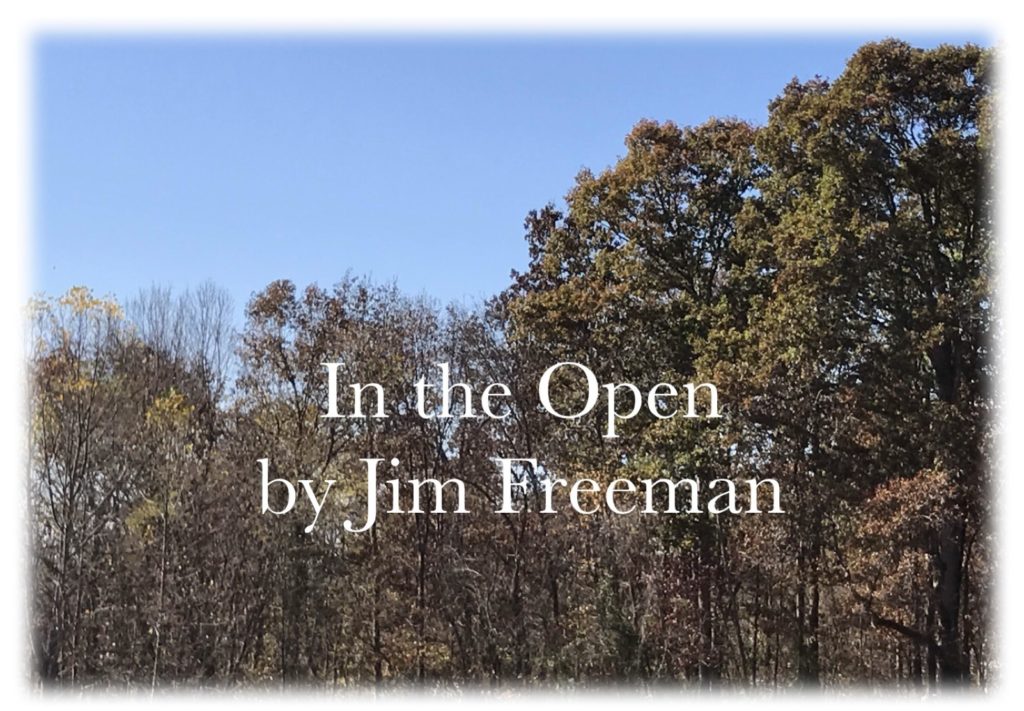Milkweed pod collection continues through October


Milkweed pod collection continues through October
There is still time to help monarch butterflies and other pollinators.
To help foster the creation of habitat for the monarch butterfly, the Ohio Pollinator Habitat Initiative in cooperation with Ohio soil and water conservation districts, including the Meigs Soil and Water Conservation District, organized a Statewide Milkweed Pod Collection continuing through the end of this month.
Milkweed is essential to the survival of monarch Butterflies in Ohio and Ohio is a priority area for monarchs. The monarch butterflies that hatch here in the summer migrate to Mexico for the winter and are responsible for starting the life cycle all over again in the spring.
Monarchs are the familiar, large black, orange, and white-spotted butterflies that are annual visitors to Ohio. Every year they make an annual migration from Mexico to the northern United States and southern Canada that takes four generations to complete; that means the butterflies arriving at Mariposa Monarca Biosphere Reserve in Mexico are the great or great-great-grand offspring of the ones that started north in the spring.
During September and October everyone is encouraged to collect common milkweed pods from established plants and drop them off at the nearest pod collection station.
This project started in 2015 as a seven-county pilot and since that time hundreds of Ohioans have worked together collecting thousands of pods across the state. According to the OPHI, volunteers have collected approximately 5,000 gallons of common milkweed seed pods, totaling over 22 million seeds.
Milkweed is the only host plant for the monarch butterfly for egg laying and caterpillar rearing. It also serves as a food source for monarchs as well as many other pollinator species. The disappearance of milkweed across the U.S. has contributed to the 80 percent decline of the eastern monarch butterfly population over the last 20 years.
To successfully gather milkweed seed pods, the OPHI encourages you to follow these simple tips:
Make sure that before you collect seed, you become familiar with the common milkweed to avoid harvesting pods from similar plants such as hemp dogbane and swamp milkweed.
It is best to collect the pods when they are dry, grey, or brown. Use September as the time to locate milkweed plants and to keep an eye on the pods while they ripen and then pick them once they start to dry out.
If the center seam pops with gentle pressure, they can be harvested.
Store the pods in paper bags; plastic bags collect unwanted moisture.
Put the date and county collected on the bag when you turn them in.
Keep the pods in a cool, dry area until you can deliver them to the nearest collection site.
Locally, Meigs and Athens SWCDs are collecting milkweed seed pods.
In addition, the Meigs SWCD has milkweed seed packets available for people wanting to start their own pollinator plots. Stop by the office at 113 East Memorial Drive, Suite D, Pomeroy, up on the hill across from the old hospital.
Jim Freeman is the conservation technician for the Meigs Soil and Water Conservation District. He can be contacted weekdays at 740-992-4282 or at [email protected]








